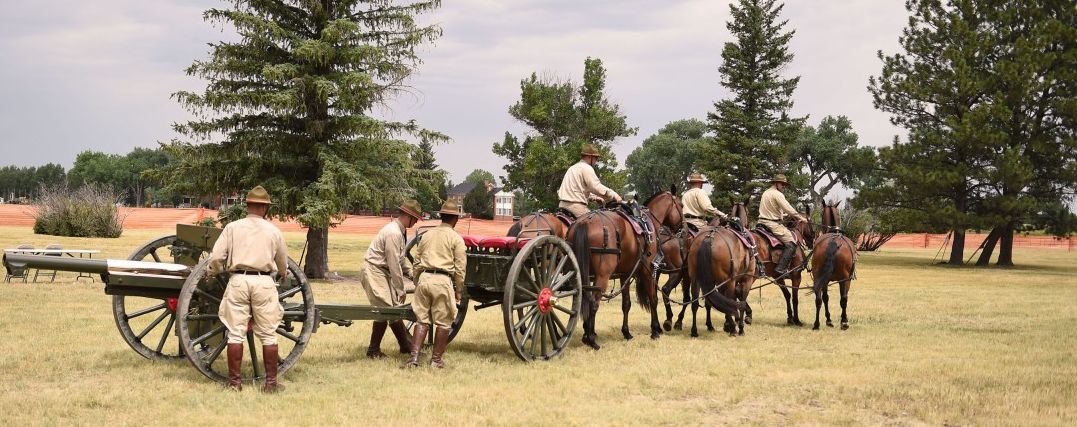January 2011
On May 20, 1779, the Earl of Pembroke—lord lieutenant of Wiltshire, a former Lord of the Bedchamber to the reigning monarch, George III—was in despair. He felt a deep sense of shame that was impossible to hide. As he wrote to his son, Lord Herbert, who was making the Grand Tour in Italy: “I wish I were a Laplander, or anything but a Briton.” A month later he explained at greater length to his son the reasons for his dissatisfaction: Our Ministry, taken en gros, are certainly such as no wise nor honest man can trust, & in whom the country can conceive no hopes; men who have proved themselves incapable, whose characteristic is indolence, & whose sistem is unwise, who are overpowered by misfortune, because they are leagued with absurdity, whose obstinacy is not to be softened by advice, & whose eyes are not to be opened by experience.
John Jay was only thirty-three when Congress picked him for the delicate assignment to Madrid. A tall, spare figure with aristocratic bearing (left), he never forgot for a moment that he was a lawyer, and lie had a lawyer’s capacity for close analysis and a lawyer’s caution both in action and language. Lacking neither self-assurance nor self-esteem, he had his own peculiar streak of obstinacy and was the kind of man who is not easily intimidated. These were some of the reasons behind his selection. But Congress also felt that court circles at Madrid would be impressed by Jay’s rank among the patriots and believed that he would favor France’s war aims and thereby prove a less obnoxious choice than some of the volubly anti-Gallican members of the isolationist wing of Congress.
Sympathy for their countrymen in America was widespread among Englishmen on the eve of the Revolution, and it permeated the uppermost layers of British society. Historians, however, Have generally underestimated its strength and neglected its causes. In Bruce Cation’s regular space in this issue, a distinguished British historian examines a phenomenon which goes far to prove that in the past, as in our own times, public opinion about a foreign war was seldom undivided. Dr. Plumb, a professor at Christ’s College, Cambridge, is the author of The First Four Georges and a contributor to The American Heritage Book of the Revolution . —The Editors
Matthew Calbraith Perry, the Great Commodore, home again in 1855 after his celebrated expedition to the Far East, brought with him not only a treaty of friendship linking the United States and Japan but also a powerful vision of what the future held for the seas between. “It is not to be supposed,” he wrote, “that the numberless islands which lie scattered throughout this immense ocean are always to remain unproductive, and under the mismanagement of savages. The history of the world forbids any such conclusion. How, and in what way, the aborigines will be disposed of—whether by just or unjust means—cannot be known at the present time; but that they are doomed to mingle with, or give way to some other race, is as certain as the fate of our own melancholy red brethren.”
Of that extraordinary group of strong personalities who have left their imprint on American history and on the American character, John Jay stands primus interpares . Save for the Presidency, he held most of the high offices of state, negotiated the two significant, if controversial, treaties of his day—the Treaty of Paris, ending the American Revolution, and the treaty bearing his name, settling certain outstanding postwar issues with Great Britain—and began the shaping of the Constitution as an instrument of national power.
Jay was an eyewitness of and a participant in the extraordinary changes that transfigured the American scene during his lifetime. He was born in 1745, in the reign of George II, and lived a full life of eighty-four years. By the time he died, in 1829, in the first year of the Presidency of Andrew Jackson, he had seen thirteen English colonies transformed into a free nation that had expanded enormously.

In the spring of 1864, Robert B. Ely, a twenty-threeyear-old acting volunteer lieutenant in the United States Navy, was assigned to duty in the U.S.S. Manhattan , a single-turret, ironclad monitor fresh from the builder’s yard at Jersey City. After meeting the usual problems that go with fitting a new crew into an untried ship, the Manhattan sailed for the Gulf of Mexico, and on August 5 it was with Rear Admiral David Glasgow Farragut’s fleet in the momentous Battle of Mobile Bay.
Ely kept a private journal, and he found a good deal to write about. He distinguished himself in battle—apparently he was what would nowadays be called the gunnery officer—and he won promotion, along with assignment as his ship’s executive officer. What makes his journal readable today, however, is not so much his account of a famous sea fight as his unvarnished story of what life on a Civil War monitor was really like.
